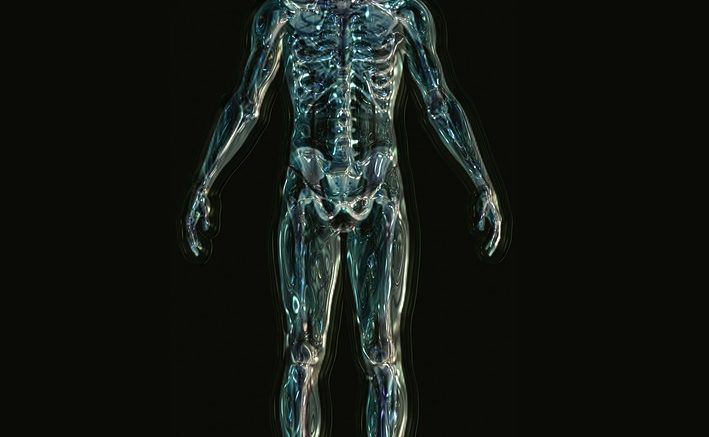Seen primarily in futuristic science fiction films, the development of exoskeleton suits for military and medical use is a concept that has been evolving since the creation of the first suit in 1960. An exoskeletal system is a full body suit that typically reinforces and increases human strength and ability by forming to the human form. The potential applications of this technology could improve the abilities of military personnel, medical patients, and medical professionals alike.
The use of exoskeleton suits for military personnel could vastly improve the safety and strength of soldiers. Previously developed prototypes have been designed to give military personnel the ability to amplify their strength by the power of 25, making lifting 250 pounds feel like lifting 10 pounds (though the initial suit, the Hardiman, could not be tested with a wearer inside due to violent and uncontrollable motions, and it also had limited mobility). In most recent exoskeletal news, Bionic Power Inc., a Canadian based company, has signed a contract with the US Department of Defense in order to field test their new exoskeletal technology that generates power from walking and movement, therefore reducing the technological weight involved in battery integration, and considerably increasing the agility of the wearer. (Read more here.)
While the development of military exoskeleton suits seems to be vital, the development of exoskeletons to be used in the medical world is making great strides as well. Due to the broad nature of the medical field, an exoskeleton could be used to help patients, doctors, and nurses alike. For doctors and nurses, the use of an enforced exoskeleton could make it easier for an individual to transport patients from a bed to a wheelchair without the assistance of other aides. For patients, exoskeletons could be used as a reinforcement device during physical therapies on the lower body or spine. This can be seen in projects like HAL 5, which is the world’s first non-surgical medical treatment robot.
Exoskeleton studies are taking place at Harvard Medical as they develop a “soft” fabric based design exoskeleton to aid people with “lower body disabilities regain mobility”. The development of exoskeletons as a soft fabric and straps seems to a step towards making exoskeletons a more attainable and compact therapy for people suffering back or leg pains.
“The soft exosuit is a wonderful example of how understanding how living systems work – in this case the movement and control of the human body – can inspire design of an innovative wearable robotic technology that has the potential to change the future of medicine.”
-Wyss Institute director Donald Ingber (Further reading here)
This soft exosuit is influential in that it is not only revolutionary for exoskeletal therapy systems, it is also made of technology and materials more easily attainable than the technology of HAL 5 or those being developed by the Department of Defense. This could mean easier and more efficient mass-production if brought to market, as well as lighter weight physical therapy wear for serious lower body injuries.
The development of exosuits seems to be the future of lower limb and back physical therapy. The use of exoskeletons have proven to give mobility back to the paralyzed and to actually aid in the regeneration of muscle by helping restore muscle memory while worn during physical therapy. No longer are exoskeletons bulky and immobile robots – they are making the possibilities of rehabilitation unlimited.
